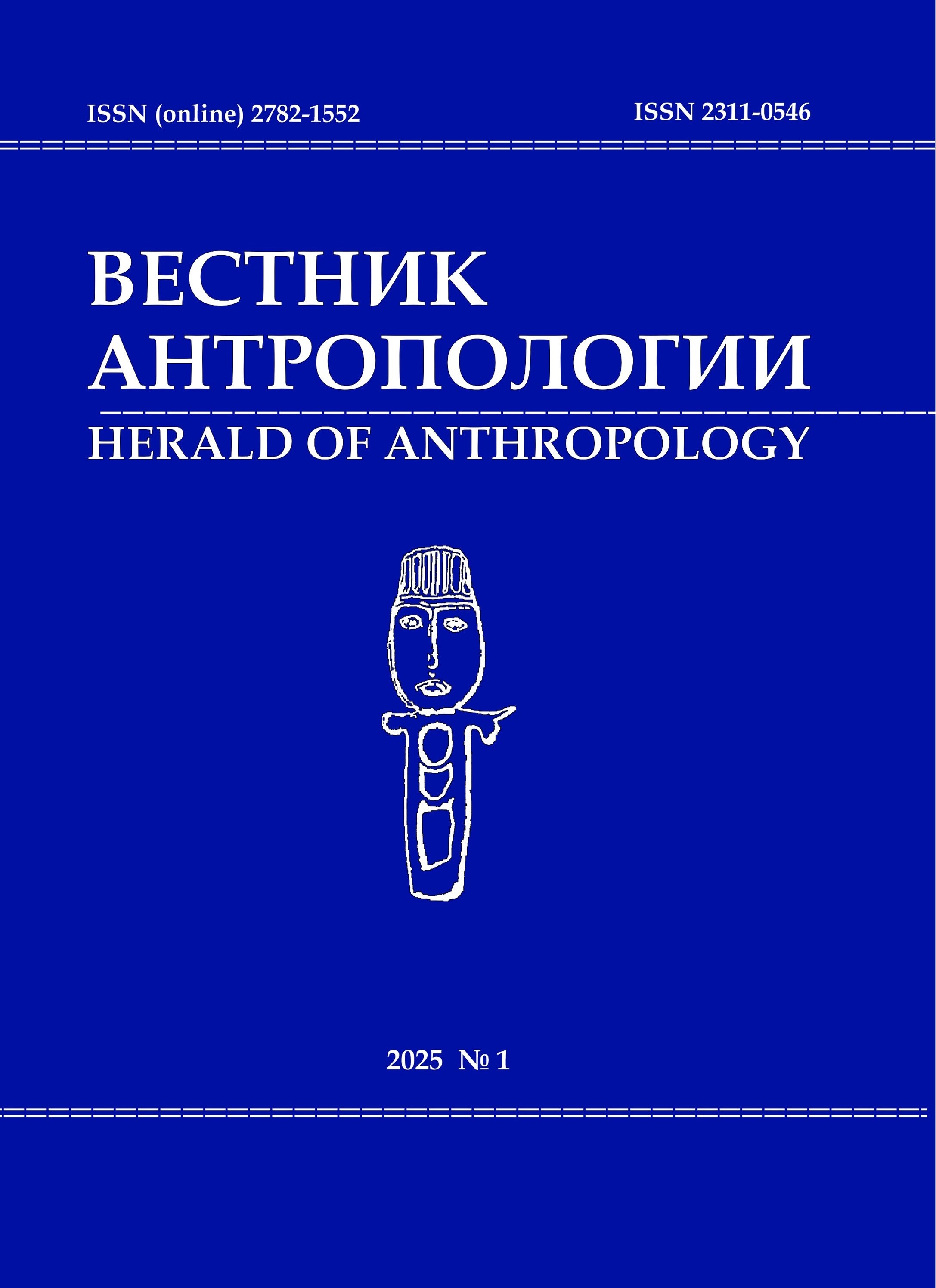Artistic Communities Today: Identity, Uncertainty, Hope for Future
DOI: 10.33876/2311-0546/2025-1/38-52
Keywords:
artistic communities, performance, ethnography, social changes, traditions, transformationAbstract
This article analyses the ethnographic profile of the several traditional artistic communities, who performed for the public in the specific ethno-cultural spaces and made this their main profession. Traditional performing and visual arts, a matter of national pride in many countries today, until recently were the jobs of grossly socially marginal communities and groups. Often a socially inherited profession, integrated in a system of exchange, art was often a highly uncertain source of income. For a long time, the social status of many traditional artistic communities all over the world was very low. But between the 1900s and 1950s, music, dance, and theater went through a crucial transformation: from being predominantly dependent they got the status of high art worldwide. The ideas of the “national”, “classic”, and “modern”, “contemporary”, were attached to the various art forms. While certain segments of art practice were codified and even frozen, creating somewhat like a “museum of art”, or cultural heritage (which leads to the so-called phenomena of “heritagesation” and “exotisation”, wiping out the traditional cultural and social contexts of art and alienating it), other practices continue to develop and still find themselves under perpetual transformation. Today the situation in different communities, social strata, and ethnic groups, whose traditional job is connected to art and performance, varies significantly. While some communities of musicians, dancers, various drama players, storytellers, puppeteers, martial artists are successful and engaged in national and international festivals, others decline or even vanish. While using the data of her ethnographic fieldwork, as well as the material of the discussion that happened during the Panel “Artistic Communities Today: Identity, Uncertainty, Hope for Future”, organized by her within the World Anthropological Congress, 2023 (New Delhi, India), Svetlana Ryzhakova analyzes the common places and similarities in the identity of the artistic communities, the problems they face nowadays, as well as prospects for the future. The article also contains the fieldwork material collected by the author in Gujarat and related to the Targala community, artists who perform the folk theater Bhavai.The article is published in English.





















